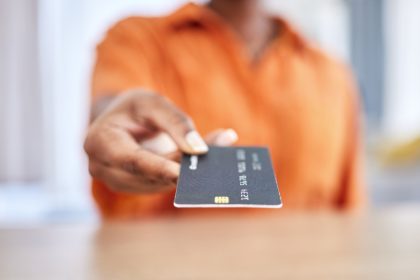
In recent developments, student loan borrowers have faced significant challenges in tracking their loan progress. The U.S. Department of Education has temporarily suspended payment counts for Income-Driven Repayment (IDR) and Public Service Loan Forgiveness (PSLF) plans. This decision comes amid ongoing changes to loan programs under the Trump administration, which have included new restrictions on the PSLF program.
Borrowers enrolled in PSLF and IDR plans have found that payment counts previously available on StudentAid.gov have been removed. This feature was initially established during the Biden administration to help borrowers monitor their progress towards loan forgiveness. According to an automated message from MOHELA, the main customer service line for Department of Education accounts, “Federal Student Aid has temporarily removed the forgiveness payment counts from StudentAid.gov for Public Service Loan Forgiveness and Income-Driven Repayment.” The message further states that representatives do not have additional information regarding these counts and advises borrowers to check StudentAid.gov for updates.
The sudden removal of these payment counts has left many borrowers in a state of uncertainty. The reason behind this decision remains unclear. This is not the first instance of information being taken down from the website. Earlier this year, the IDR tracker was also removed to address inaccuracies, as stated by the Department of Education.
In a recent statement, Senator Elizabeth Warren revealed that Education Secretary Linda McMahon has expressed intentions to restore the IDR payment count tracker to StudentAid.gov. Despite this promise, borrowers are still unable to access their information as the platform undergoes updates.
As of February, loan forgiveness options under the previously established IDR plans—SAVE, PAYE, and ICR—have been paused. The Department of Education clarified this situation in April, stating, “Forgiveness as a feature of the SAVE, PAYE, and ICR Plans is currently paused, because those plans were not created by Congress.” This has left many borrowers in a state of uncertainty regarding their eligibility for loan forgiveness, emphasizing the need to explore alternative options.
However, it is essential to note that student loan forgiveness under the Income-Based Repayment (IBR) plan remains available. The Department of Education confirmed, “ED can and will still process loan forgiveness for the IBR Plan, which was separately enacted by Congress.” This provides a ray of hope for borrowers amidst the current challenges.
The suspension of payment counts and the pause on forgiveness plans have left many borrowers feeling anxious and confused about their financial futures. Here are some key takeaways for borrowers navigating these changes:
- Stay Informed: Regularly check StudentAid.gov for updates on your loan status and any changes to forgiveness programs.
- Explore Options: If you are currently enrolled in PAYE, SAVE, or ICR plans, consider switching to the IBR plan to ensure your payments count towards forgiveness.
- Advocate for Change: Engage with your representatives and advocate for the restoration of payment tracking and the resumption of forgiveness plans.
As the landscape of student loan forgiveness continues to evolve, borrowers must remain proactive and informed. The temporary removal of payment counts and the pause on specific forgiveness plans highlight the importance of understanding your rights and options as a borrower.
In conclusion, while the current situation may seem daunting, staying informed and exploring available options can help you navigate these changes effectively. Remember, the journey towards financial freedom through student loan forgiveness is still possible, even amidst these challenges.











